The Brutally Honest Guide to Growing a White Princess Philodendron
Let’s have a real talk about the White Princess Philodendron. For a long time, I’ve worked with tropical plants in all sorts of settings, from fancy corporate offices to the homes of serious collectors. And I can tell you, no other plant seems to cause as much buzz—and as much confusion—as this one.
In this article
- What Makes This Plant So Special (and Finicky)?
- The Most Important Step: Soil and Potting
- Light: The Secret to Perfect Variegation
- The Rhythm of Care: Water and Humidity
- How to Feed, Prune, and Make More Plants
- Troubleshooting the Inevitable Problems
- A Final Word on Safety and Sourcing
- Inspirational Gallery
I still remember the first time a client wanted one for a big office project. The pressure was on. This wasn’t just about sticking a plant in a corner; it was about making sure a pretty expensive specimen could actually thrive. That whole experience taught me one thing: the White Princess isn’t your average, set-it-and-forget-it houseplant. It’s a piece of living art that demands you pay attention.
So, if you’re looking for something to water once a week and ignore, this probably isn’t the plant for you. But if you’re ready to learn what makes it tick, you’ve come to the right place. This guide is built on years of trial and error, figuring out what works in a perfect greenhouse versus what works in a real-world living room. We’re going to cover the exact stuff I use for my own plants—no shortcuts, just the right way to build a healthy, gorgeous plant that lasts.
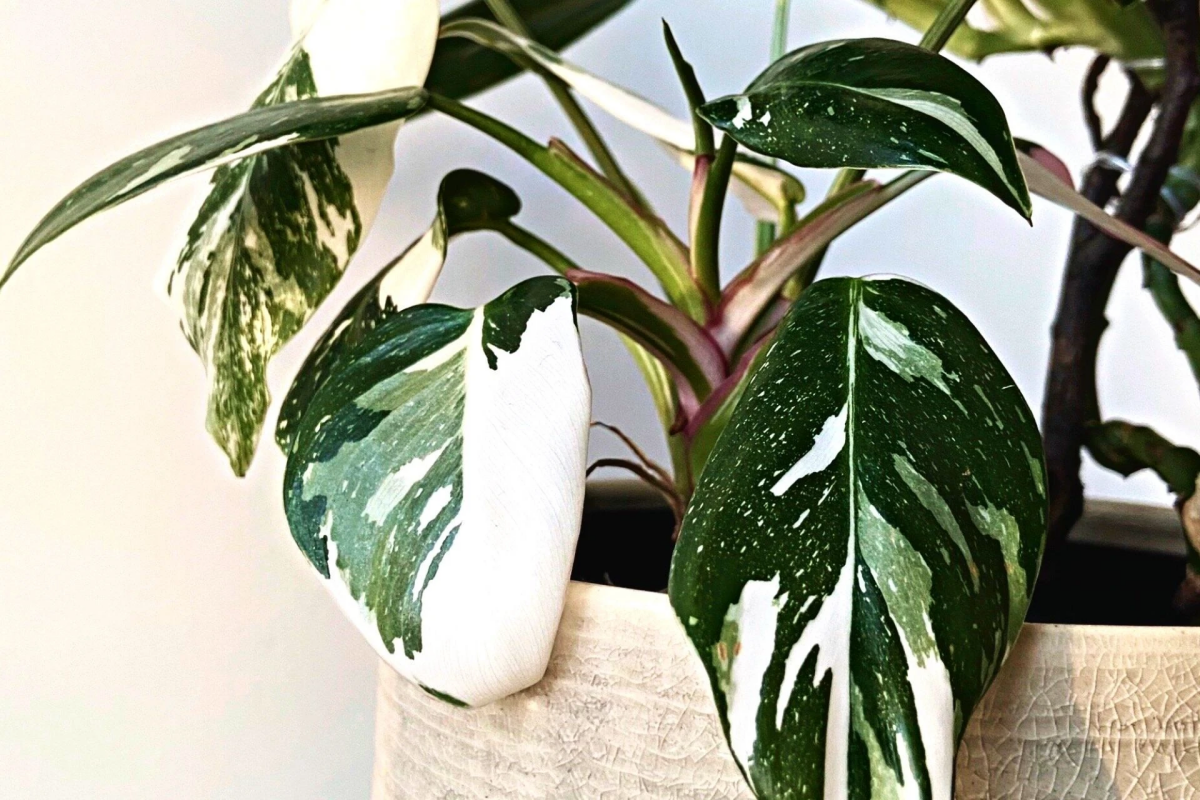
What Makes This Plant So Special (and Finicky)?
First things first, you have to understand that the White Princess isn’t some wild plant discovered in a jungle. It’s a cultivated variety, the result of a genetic quirk that was carefully selected and propagated by pros. This is so important because its man-made beauty is also its biggest challenge.
That stunning white variegation is basically a genetic fluke where some parts of the plant’s tissue have the genes for chlorophyll (the green stuff that makes food) and other parts just… don’t. The white patches are beautiful, but they can’t photosynthesize. They’re like a freeloader living off the green parts of the leaf. A completely white leaf, sometimes called a ‘ghost leaf,’ might look incredible on Instagram, but it’s a death sentence for that leaf. It can’t sustain itself and will eventually turn brown and die off.
Your job is to strike a balance. Too much green, and the plant is ‘reverting’ back to a plain philodendron. Too much white, and the plant will literally starve itself. It’s a constant dance.
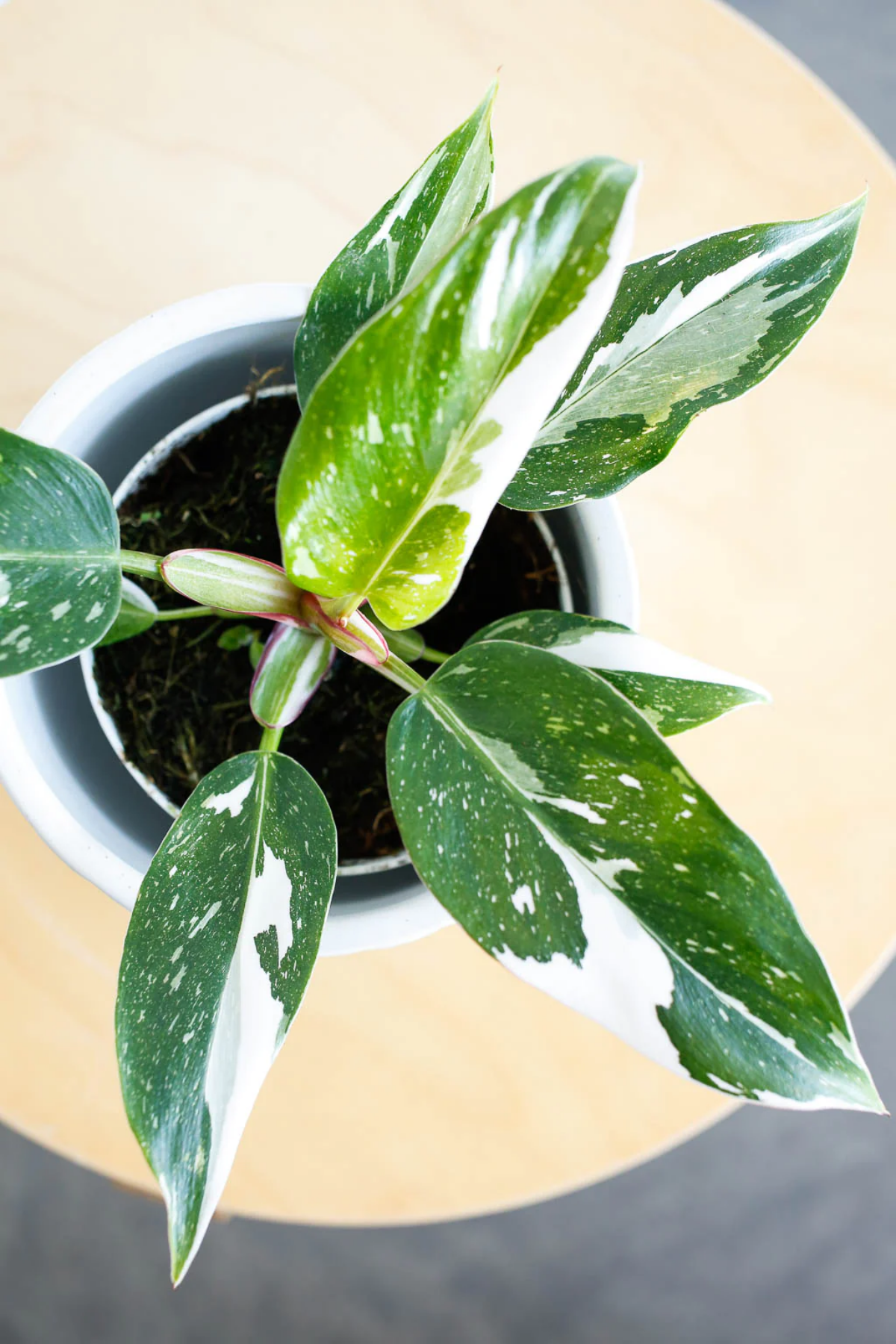
Good to know: How to Spot a REAL White Princess
The market is flooded with similar-looking plants, so knowing the difference is crucial. I’ve had to teach this to new growers over and over. Here’s the simple breakdown to make sure you have the genuine article:
- The White Princess: This is the one you want. Look at the stems. They are mostly green, but the key is to check the little stalks connecting the leaves to the stems (the petioles). You should see distinct pink or reddish-pink edges. That’s the tell-tale sign.
- The White Knight: Often confused, but easy to spot once you know what to look for. Its stems are a dark, rich burgundy or a brownish-red color. Very different from the Princess’s green-and-pink combo.
- The White Wizard: This one has purely green stems. There’s no pink or red coloration to be found anywhere. It’s a beautiful plant, but it’s not a Princess.
Nailing this identification means you can apply the right care and aren’t getting ripped off.
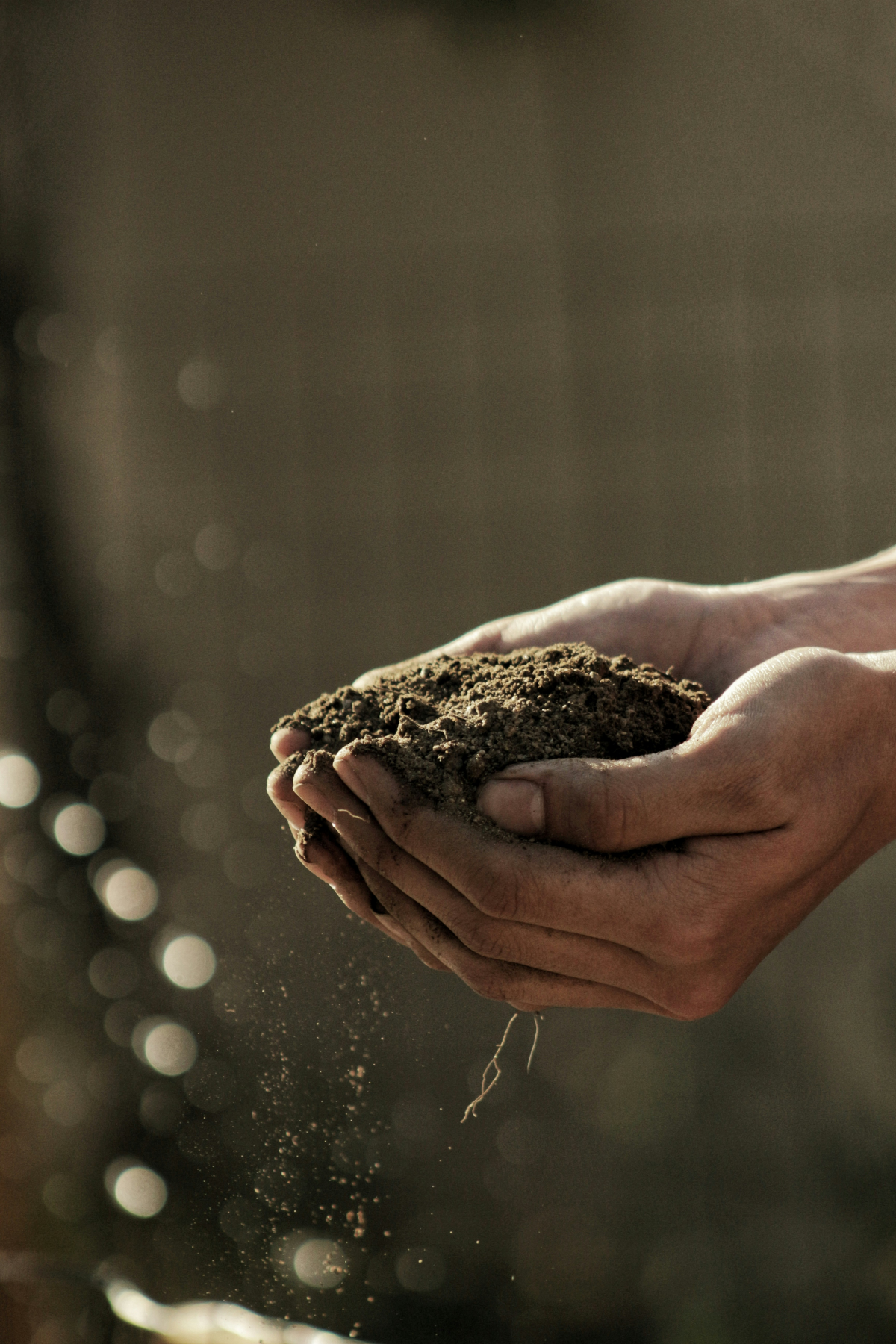
The Most Important Step: Soil and Potting
Honestly, the number one mistake I see people make is using the wrong soil. A philodendron sitting in dense, soggy potting mix is a plant that’s on a one-way trip to root rot. Their ancestors grew up the sides of trees, with roots grabbing onto bark and enjoying lots of air. Our goal is to copy that environment inside a pot.
That bagged, all-purpose potting soil from the hardware store just won’t cut it. It’s too heavy and holds way too much water. You have to make your own mix. It sounds intimidating, but it’s easy and your plant will thank you for it.
My Go-To Airy Aroid Mix (and Shopping List)
Here’s the recipe I use. The measurements are by ‘part,’ so a part can be a yogurt cup or a small bucket—just keep the ratio consistent. You can find most of this online or at a good garden center.
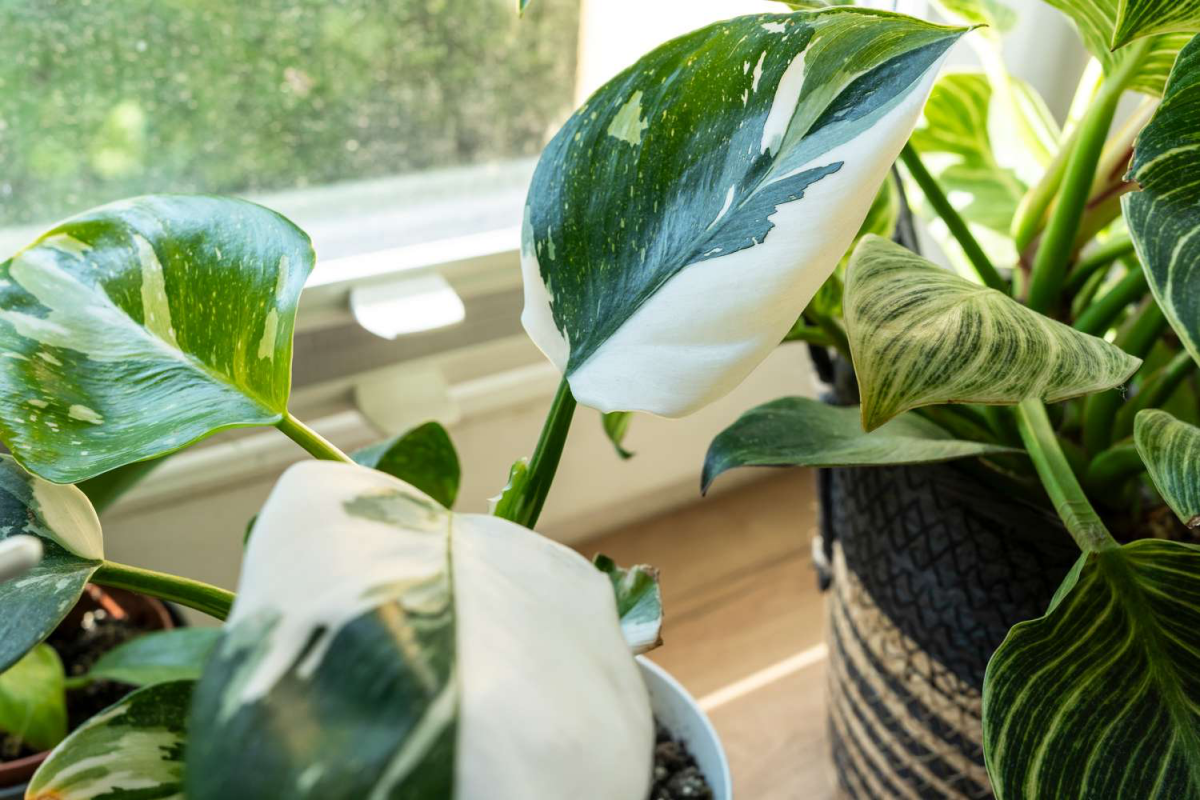
- 2 parts Coco Coir: This is a great, sustainable base that holds moisture without getting compacted. A brick of buffered coco coir from a brand like FoxFarm or Canna Coco will run you about $15 and lasts forever.
- 2 parts Orchid Bark: This is the key to creating air pockets for healthy roots. A bag of medium-grade fir bark costs around $10.
- 1 part Perlite: Those little white rocks keep the mix light and help water drain right through. A big bag is usually only $8.
- 1 part Horticultural Charcoal: This one is optional, but I swear by it for my valuable plants. It helps keep the soil ‘sweet’ by absorbing impurities. A bag will probably cost about $12.
When you mix it all up, it should feel chunky, light, and airy—nothing like garden soil. When you water it, the water should flow through almost immediately. This is EVERYTHING for long-term health.
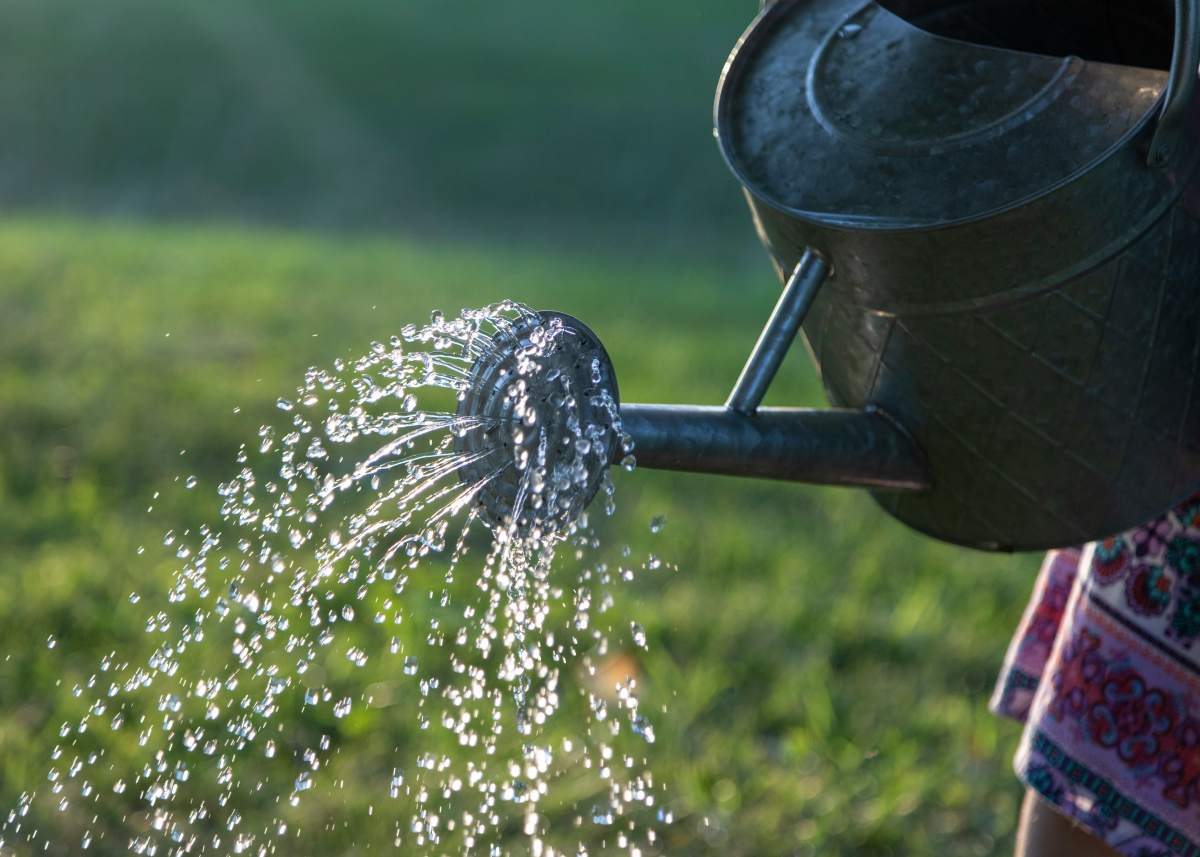
For the pot, just make sure it has a drainage hole. That part is non-negotiable. Terracotta is great if you tend to overwater, as it breathes and helps the soil dry out. If you live in a dry climate, a plastic or glazed pot might be better to hold onto a little more moisture.
Light: The Secret to Perfect Variegation
Light is how you influence your White Princess’s colors. The advice to give it ‘bright, indirect light’ is a good start, but it’s way too vague. What does that actually mean?
Think of it like this: an east-facing window is often the sweet spot. It gets a bit of gentle, direct morning sun that won’t scorch the delicate white parts, and then bright, indirect light the rest of the day. If you have a south- or west-facing window, pull the plant back several feet or hang a sheer curtain to diffuse that intense afternoon sun. Direct sun will leave you with ugly, permanent brown scorch marks.
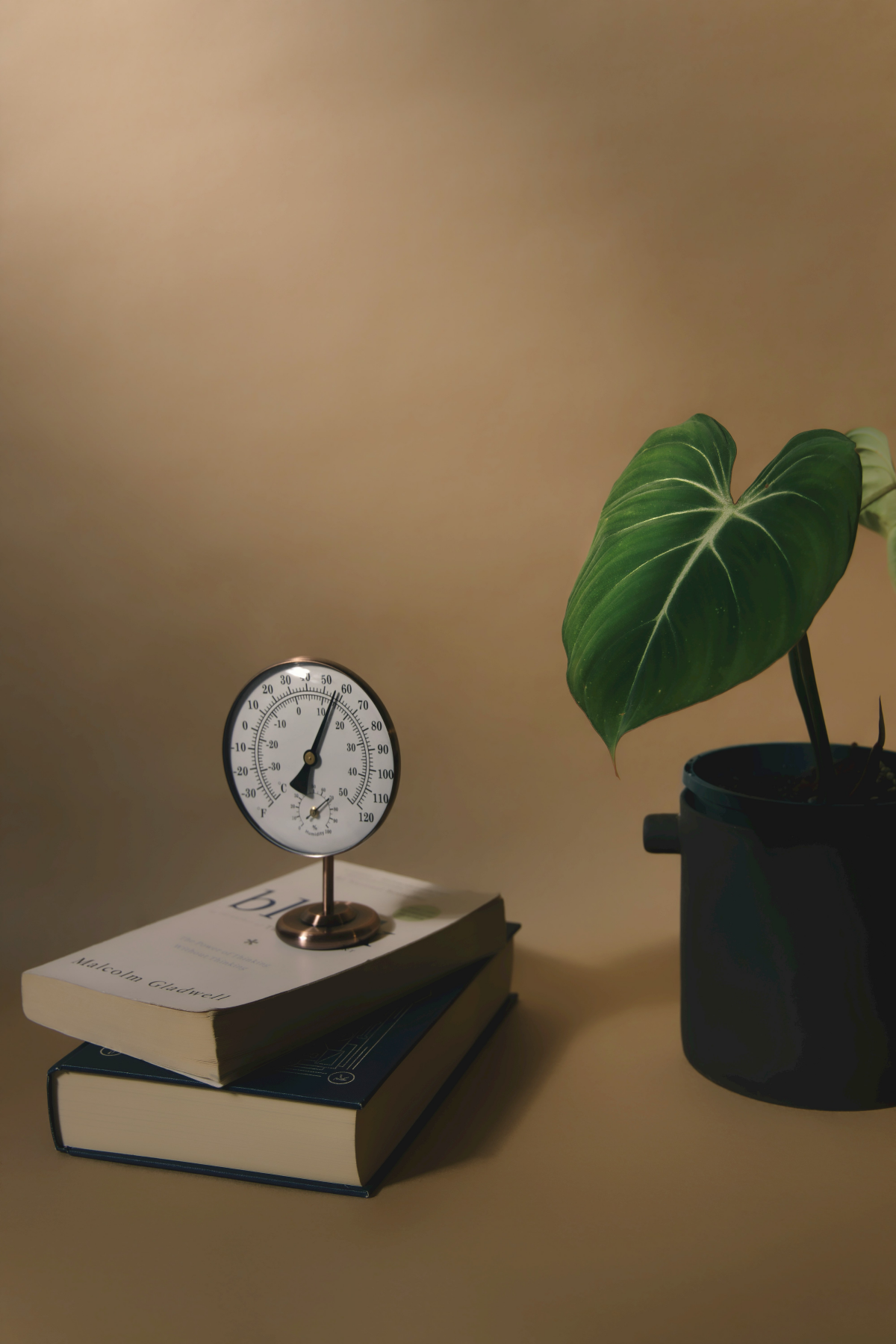
On the flip side, if the light is too low (like a north-facing window or the back of a room), your plant will go into survival mode and start making more green leaves to compensate. You’ll lose that beautiful variegation.
Heads up! For many of us, especially during long, dark winters, a grow light is the real secret. A simple, full-spectrum LED bulb you can screw into a normal lamp is all you need. Position it about 12 to 24 inches above the plant and put it on a cheap wall timer for 10-12 hours a day. This gives you total control, no matter what the weather is doing outside.
The Rhythm of Care: Water and Humidity
Please, do not water your plant on a schedule like ‘every Sunday.’ Its needs change with the seasons, light, and temperature. You have to learn to read the plant. The golden rule is to water only when the top two inches of soil are completely dry. Just stick your finger in there to check. If you feel any moisture at all, wait.
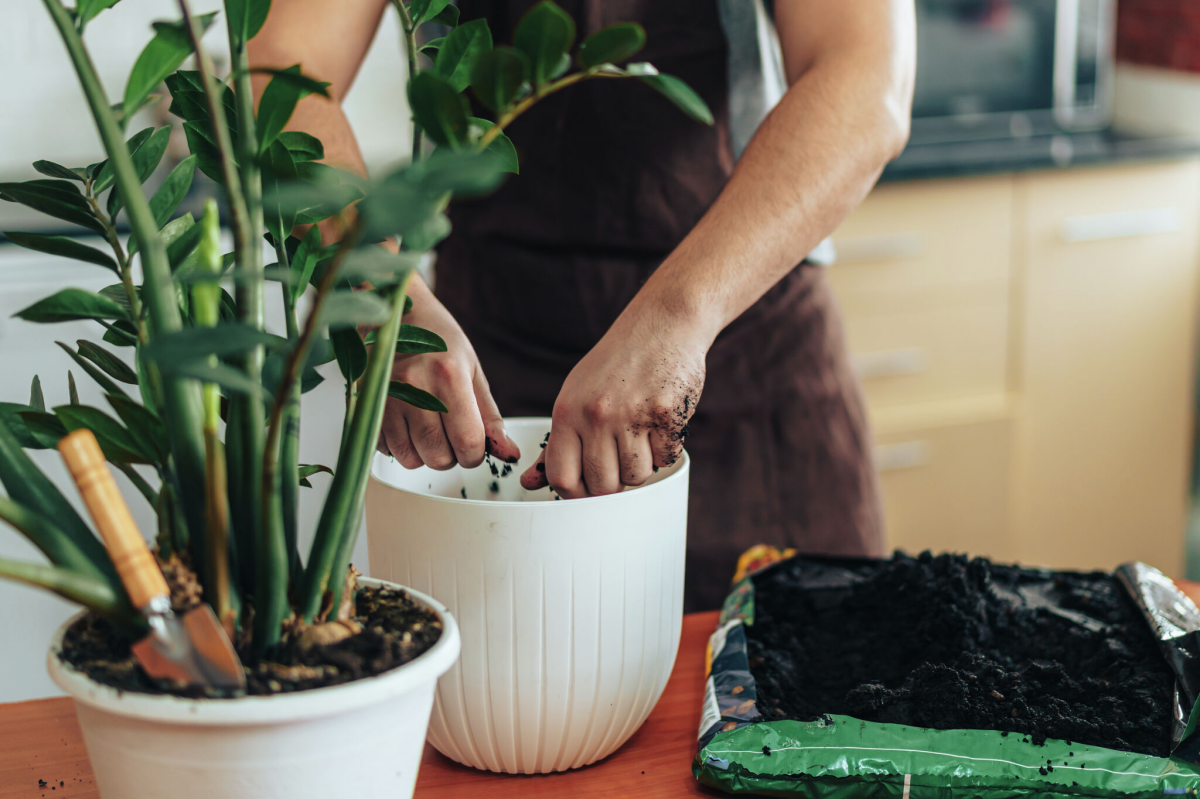
Quick Tip: The fastest way to become a watering pro is to learn the ‘dry weight’ of your pot. Pick it up right after you’ve given it a good soak. Now pick it up again the next day. You’ll be surprised how quickly you learn to tell if it needs water just by its weight. It’s a game-changer.
When you do water, take it to the sink and drench it until water pours out of the drainage holes. Let it drain for a good 15 minutes before putting it back. Never let it sit in a saucer of water.
These plants also need humidity—around 50-60%. Most homes are too dry. Misting doesn’t really work, but grouping plants together helps. By far the best solution? Just get a small humidifier. You don’t need a fancy one. A simple Levoit or AquaOasis personal humidifier from Amazon for $25-$40 is perfect. It’s the best investment you can make for a plant like this.
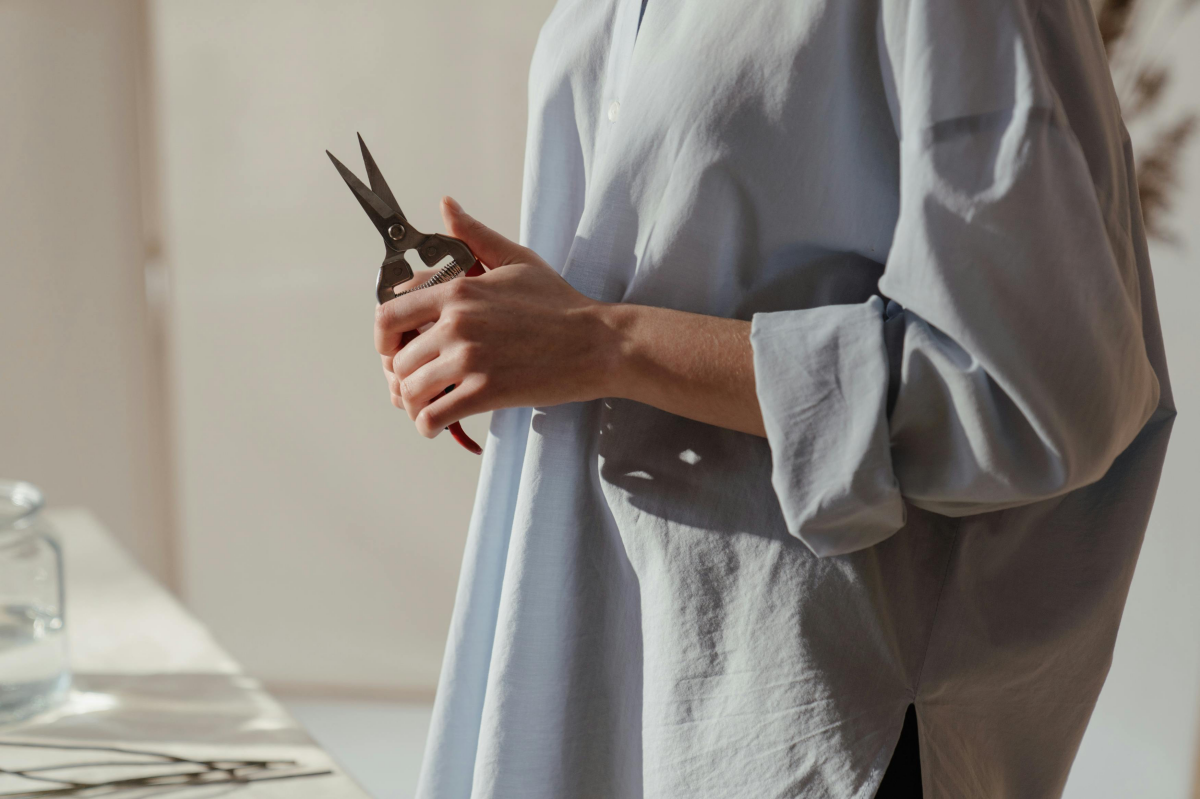
How to Feed, Prune, and Make More Plants
These plants are sensitive to fertilizer, so it’s always better to under-do it. During spring and summer, use a balanced liquid fertilizer diluted to 1/4 of the recommended strength every 3-4 weeks. Don’t fertilize at all in the fall and winter.
Pruning is your tool for managing the plant’s look. Always use clean, sharp scissors (I wipe mine with rubbing alcohol). If the plant gets leggy, snip the stem about a half-inch above a node (the little bump where a leaf grows from) to encourage it to get bushier. If it starts putting out all-green leaves, prune it back to the last leaf that had good color. This often wakes up the variegated genes again. Oh, and if you get a pure white ‘ghost leaf,’ enjoy it for a bit, then snip it off. It’s just draining energy from the plant.
Want to make more plants? It’s pretty rewarding. Just take a stem cutting with at least one leaf and a node. I like to root them in damp sphagnum moss in a clear plastic cup so I can see the roots grow. Be patient! You’ll probably see the first little root nubs in 2-4 weeks. It’ll likely be ready for its own pot in about 6-8 weeks, once the roots are a couple of inches long.
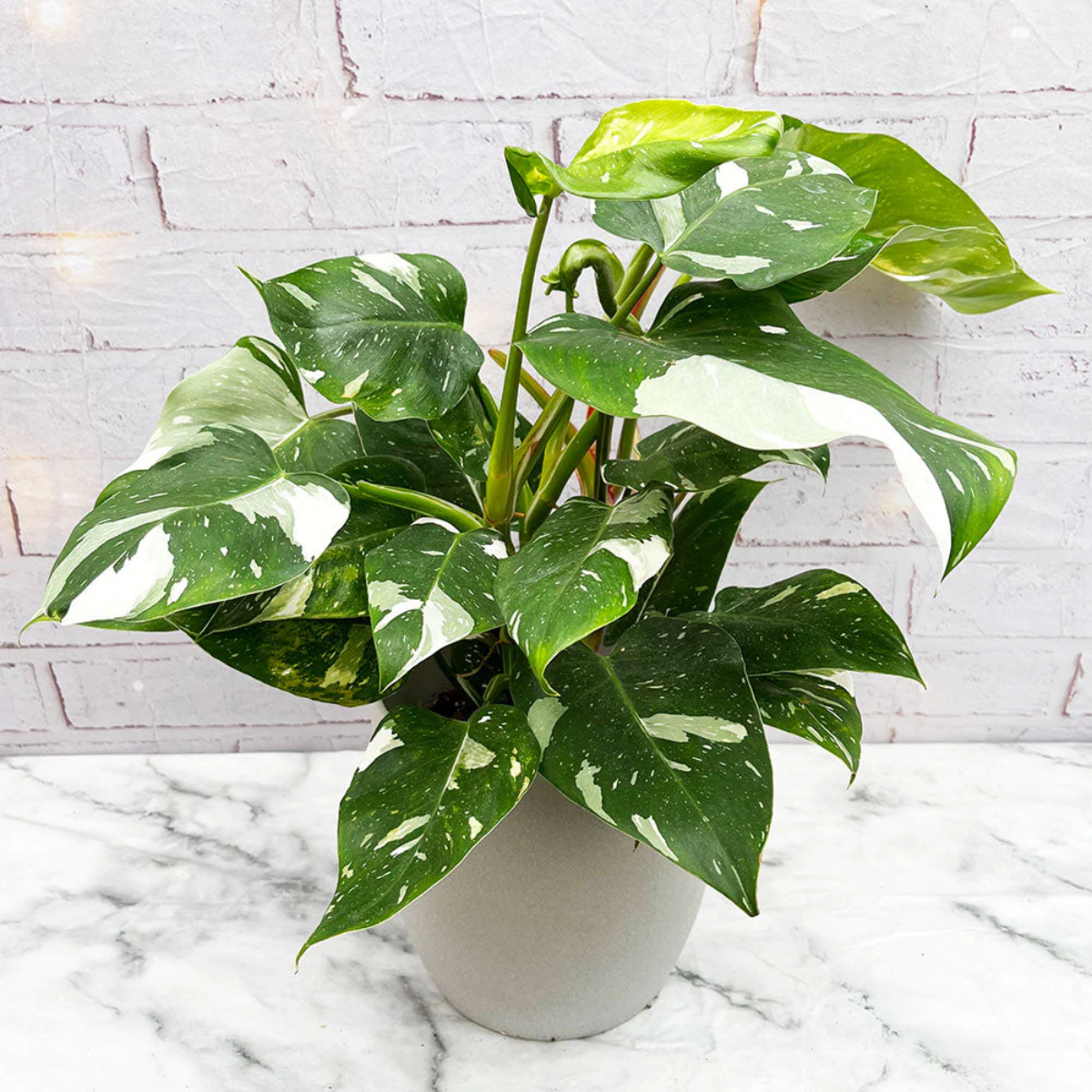
Troubleshooting the Inevitable Problems
Even the pros deal with pests. The most common culprits are tiny spider mites and thrips. Check under the leaves regularly. If you see fine webbing or little black specks, act fast. Isolate the plant, give it a good shower, and treat it with an insecticidal soap.
The other big one is root rot. A wilting plant in soil that’s still wet is the classic sign. You have to be brave. Take it out of the pot. Healthy roots are white and firm; rotted roots are brown, mushy, and smelly. Cut off every single bit of the rot with sterile scissors. Be ruthless. Then repot in a smaller pot with fresh, dry soil mix and water very sparingly until you see new growth.
And trust me, they can come back from the brink. I once helped a client with a plant that was a droopy, yellow tragedy. We unpotted it, trimmed off all the mushy roots, and repotted it. Two months later, it pushed out its first new, half-moon leaf. It can be saved!
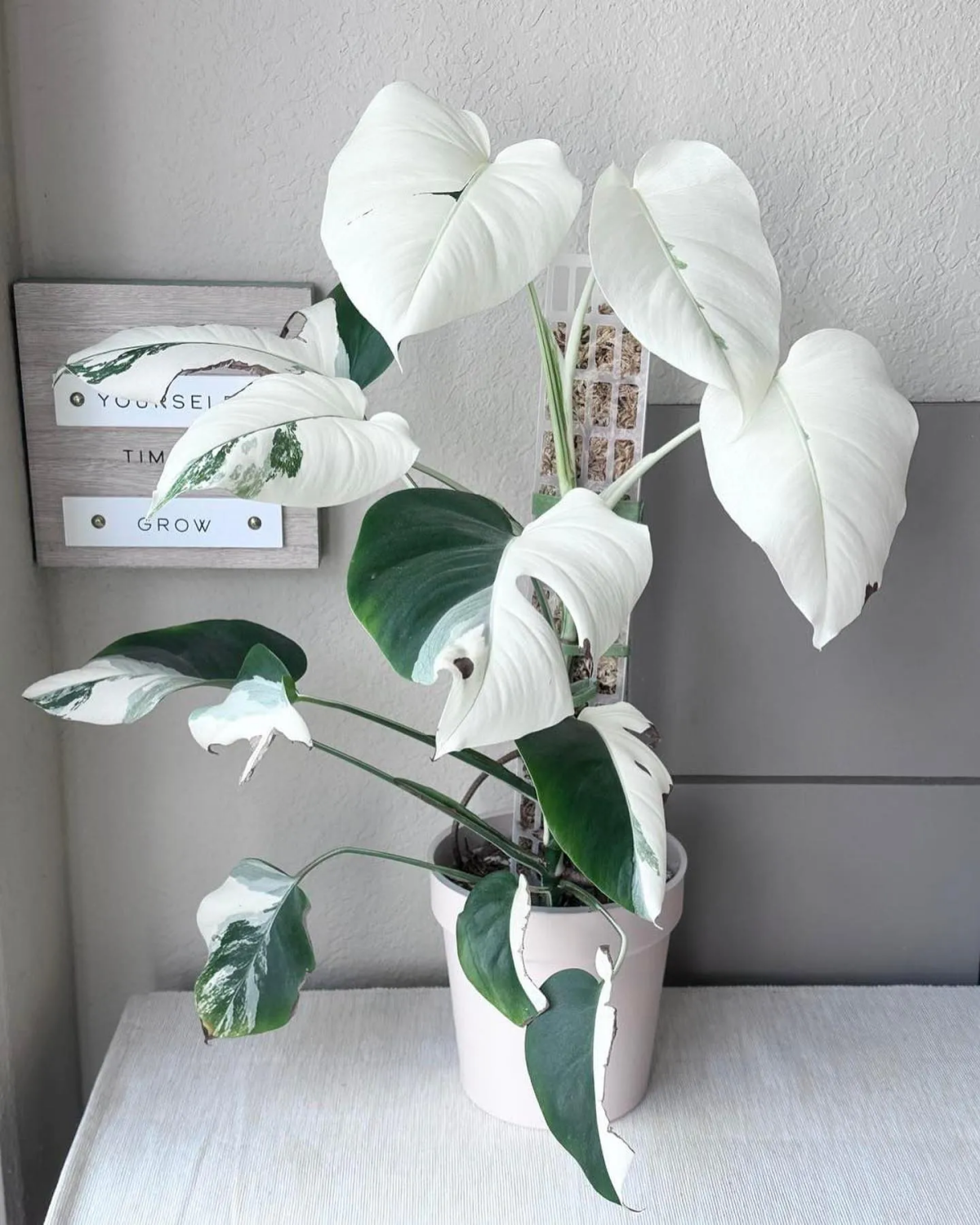
A Final Word on Safety and Sourcing
Heads up, and this is important: like all philodendrons, the White Princess is toxic if eaten by pets or people. The leaves contain crystals that cause irritation and swelling. Please, keep it somewhere your pets and kids can’t reach. This is a non-negotiable safety rule.
Finally, let’s talk about buying one. Your success starts with a healthy plant. Go to a reputable nursery or online seller. And let’s be realistic about the price. A small, healthy, rooted White Princess in a 4-inch pot will likely cost you between $30 and $70. If you see a price that seems too good to be true, it probably is. When you bring your new plant home, keep it separate from your other plants for a few weeks to make sure it’s pest-free. This little quarantine period has saved my collection more times than I can count.
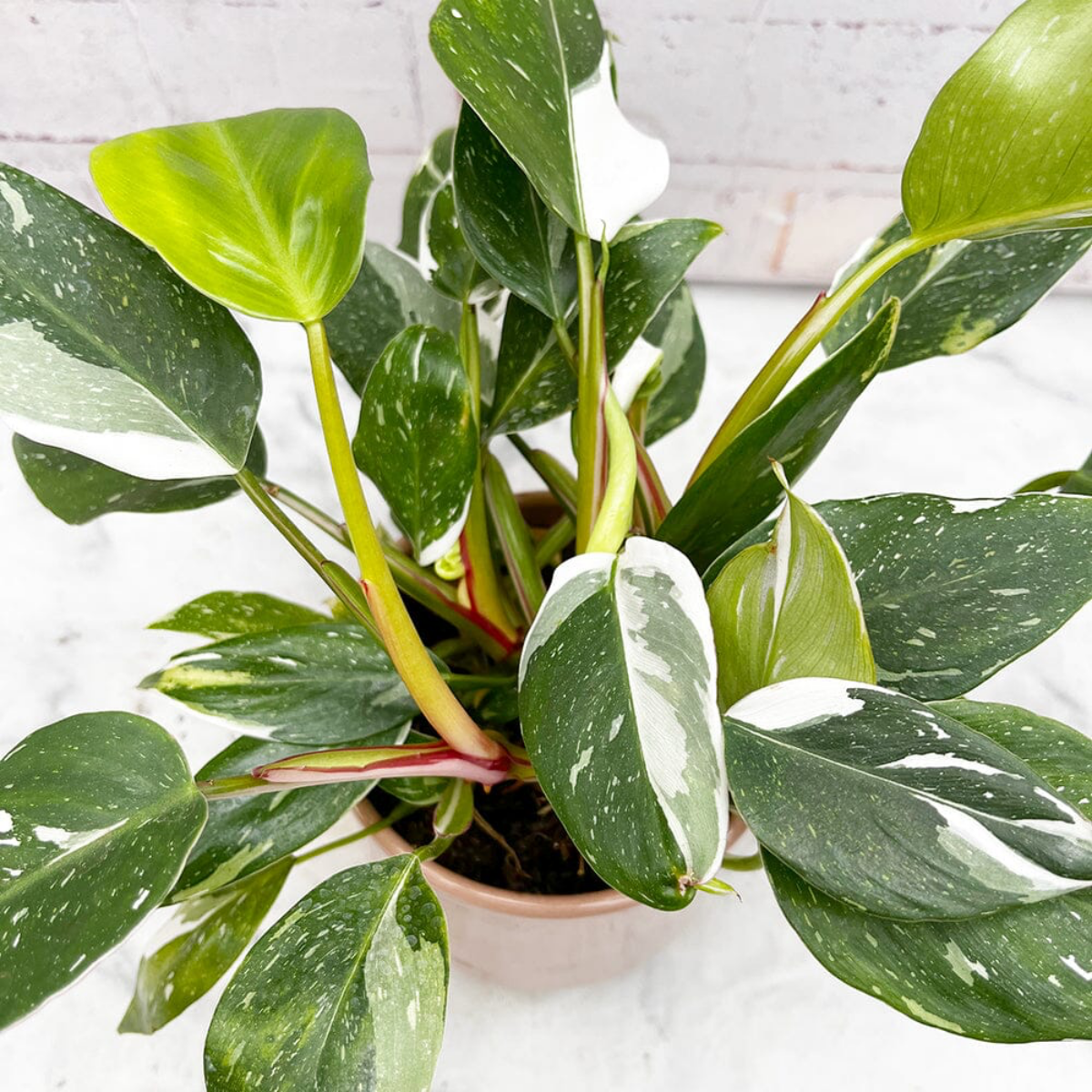
Inspirational Gallery
White Princess: Recognizable by its green stems often tinged with pink or white edges on the leaf cataphylls (the sheathing base). The variegation is typically a scattered, splashy pattern.
White Knight: The key is the deep reddish-brown or burgundy stems. Its variegation tends to be in larger, blockier patches.
White Wizard: Features pure green stems with no red or pink. Like the Knight, its variegation is often blocky, but without the stem color, it’s a distinct plant. Check the stems for the easiest tell!
More than 90% of houseplant deaths are attributed to overwatering. For aroids like the White Princess, this is especially true as their roots need oxygen to thrive.
This statistic isn’t to scare you, but to empower you. When the roots are suffocated by water, they can’t absorb nutrients, leading to yellowing leaves and rot. That’s why a chunky, airy soil mix isn’t just a suggestion—it’s an insurance policy for your plant’s survival.
That ‘perfect’ potting mix the pros use isn’t a secret, it’s a recipe. For a White Princess, you need drainage and aeration above all else. Try this ‘aroid’ blend:
- 3 parts high-quality potting mix (like FoxFarm Ocean Forest)
- 3 parts coarse perlite
- 2 parts orchid bark
- 1 part horticultural charcoal
- 1 part worm castings
This creates a chunky, fast-draining substrate that mimics their natural environment, preventing the dreaded root rot.
Seeing your variegation fade and the leaves turning more green?
The culprit is almost always insufficient light. While direct sun will scorch its delicate leaves, a White Princess needs very bright, indirect light to maintain its white patches. The green parts do all the work, so in lower light, the plant produces more green to compensate and survive. Move it closer to an east-facing window or supplement with a grow light, like a SANSI LED bulb, to bring the white back.
The fastest way to kill a White Princess is with ‘kindness’: Overwatering. It’s highly susceptible to root rot. Before you even think about watering, stick your finger two inches deep into the soil. If you feel any moisture at all, wait another day. When in doubt, let it dry out.
There’s a unique thrill in watching a new White Princess leaf slowly unfurl. It’s a botanical lottery ticket. Will it be a ‘constellation’ of white splashes? A perfect half-moon? Or just a hint of marbling? This daily check-in and the final reveal are a huge part of the joy and addiction of growing these living masterpieces.
- Encourages the growth of larger, more mature leaves.
- Provides essential moisture to its aerial roots.
- Supports the plant’s natural climbing habit indoors.
The secret to transforming a bushy plant into a majestic, towering specimen? Give your White Princess a sphagnum moss pole to climb. It’s the single best thing you can do to help it reach its full potential.
Don’t be afraid to prune to encourage better variegation. Cutting the plant back can activate new growth points lower on the stem, giving you more chances for that perfect balance. Always use sterile shears and cut just above a node (the small bump on the stem where a leaf grows), preferably on a stem that already shows some variegation.
The ‘Pink Princess’ philodendron was patented in the 1970s, but its cousin, the ‘White Princess’, is a more recent cultivar whose exact origin remains a closely guarded trade secret among growers.
Not quite ready for the royal drama and expense? If the White Princess’s finicky nature feels intimidating, consider starting with a Marble Queen Pothos. It offers stunning white and green variegation but is famously forgiving with watering and light, making it a perfect, budget-friendly stepping stone into the world of variegated plants.










